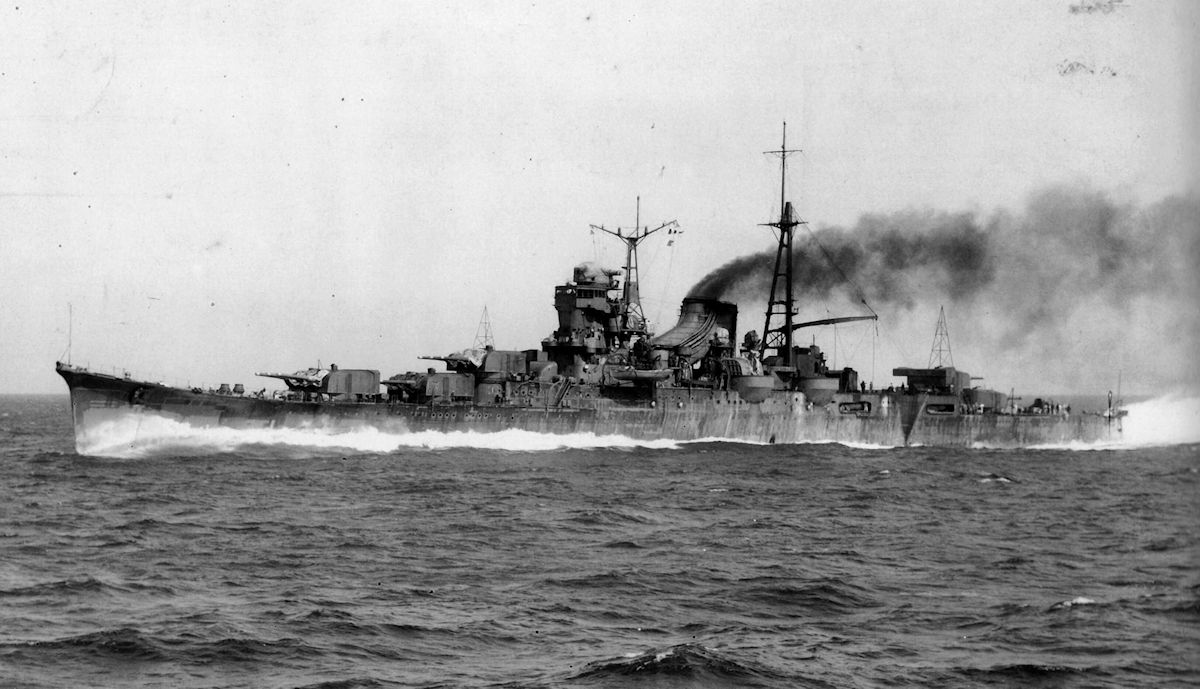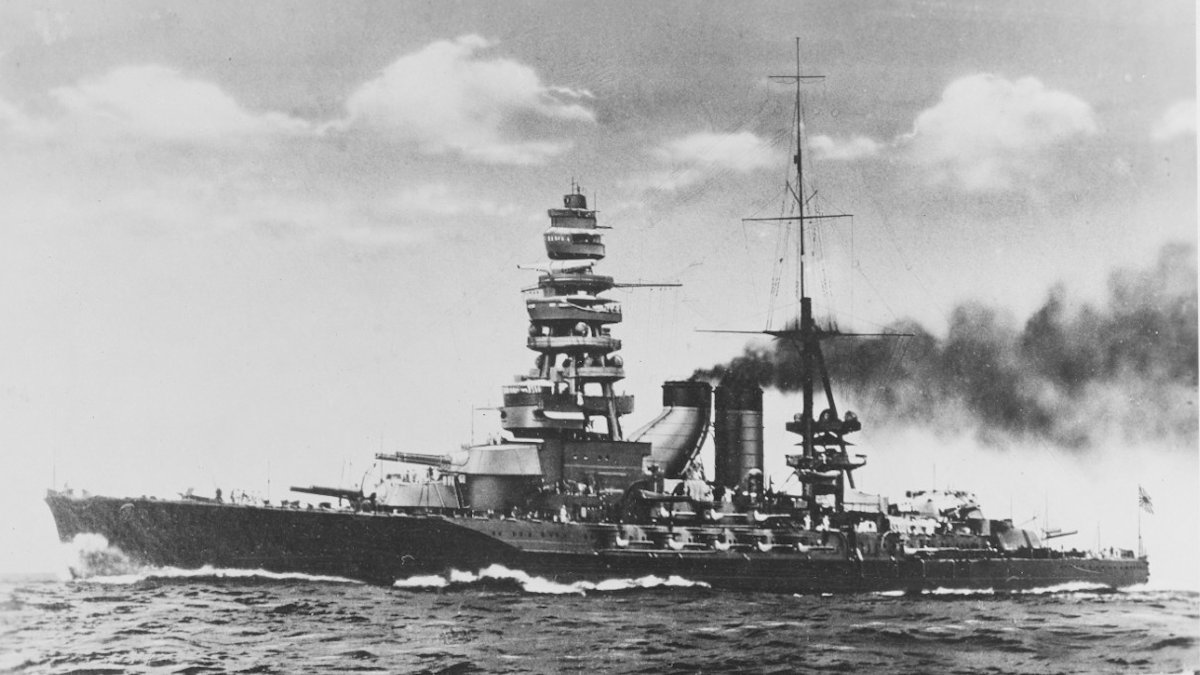Tag: naval
-
Japanese Cruiser Tone

Japanese Cruiser Tone The Imperial Japanese Navy heavy cruiser Tone was launched on 21 November 1937 and completed on 20 November 1938. Designed as a scout cruiser, she carried six floatplanes in addition to her main armament of eight 20cm (8-inch) guns. To optimise aircraft capacity, all of the four main turrets were concentrated forward,… Read more
-
Japanese Heavy Cruiser Mogami

Japanese Heavy Cruiser Mogami The Japanese Heavy Cruiser Mogami was the lead ship of her class class, which were originally built as light cruisers under the London Naval Treaty restrictions. However, they were later converted to heavy cruisers by replacing their 15.5 cm guns with 20.3 cm guns. At the start of the Pacific War,… Read more
-
Japanese Battleship Mutsu

Japanese Battleship Mutsu Launched on 31 May 1930, Mutsu was the second of the two ship Nagato-class battleships built for the Imperial Japanese Navy. Commissioned on 24 October 1921, and was assigned to the 1st Battleship Division in December of that year. During World War Two, Mutsu saw little action being in the main body… Read more